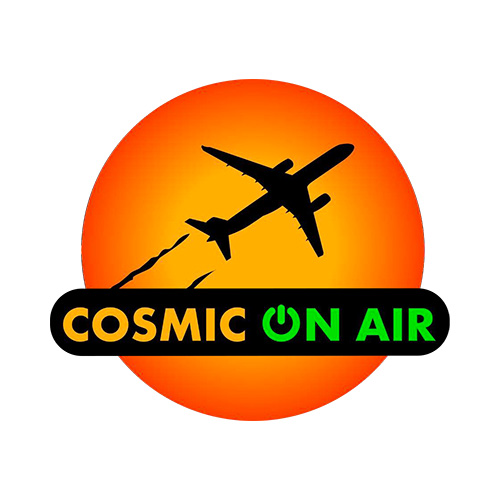In addition to my chat with Ayşegül Tümer, I also spent some time talking with physicist Andy Buffler of the University of Cape Town. Andy’s an interesting guy to talk to and the project he’s working on is something that anyone who flies ought to be interested in – and can even participate in. What Andy and his colleagues are doing, one passenger at a time, is trying to get accurate measurements of cosmic radiation exposure along as many flight paths as they can, using data from radiation dosimeters to passengers, asking only that they take the dosimeter on a flight and then upload the information to their website (the dosimeters are available for purchase by individuals or by groups – e.g. a company whose employees travel frequently) – on the Cosmic On Air website).
One thing this information can be used for is to help to check existing software that’s used to calculate cosmic radiation exposure to airline passengers and flight crew, comparing calculated exposures to what’s measured. A secondary objective is the hope that, the next time gas from a solar flare hits the Earth, one or more of their dosimeters will be in the air to help see how much of the radiation leaks through to the lower atmosphere – and the more dosimeters are in the air, especially in different locations, the more information they’ll get on how these cosmic events can affect life on Earth.
The Cosmic On Air group is also working to develop a revolutionary new neutron detector – something about the size of a large can of coffee that can accurately measure the energies of cosmic ray-induced neutron radiation to better understand how much radiation exposure they can deliver to air passengers. This is important because the gamma radiation that’s so easy to measure only provides part of the total dose – to really understand the radiation dose we need to accurately measure the neutrons as well. At the moment, the instruments that do this best can barely fit inside a cargo container – if Andy and his colleagues are successful in making one that can fit inside a large can it will be a huge accomplishment that will find use in a ton of other areas as well.
After talking with him I was ready to sign up – the problem is that I don’t fly nearly as much as I did pre-COVID and it would be a waste of resources to send me one of their dosimeters. On the other hand, my professional society has a few thousand members – it might be worthwhile to see if my society as a whole – or individual chapters – would want to ask for a handful of these dosimeters, to be sent to individual members as they travel.
I think this is a hugely interesting – and potentially a hugely important – project that can provide a ton of useful data. That’s why I’m going to see what I can do to participate and (hopefully) to persuade others to do the same. If you’re interested in learning more about it, check out their website – it also has information on how to look into participating. And even if you don’t fly much, you can still check out their data; if they have information on a flight you’ve taken (or something similar) you can learn something more about your flight – and knowing more is never a bad thing!
